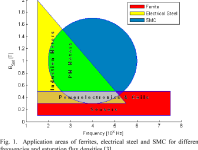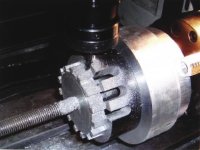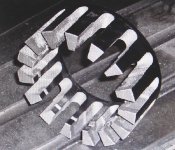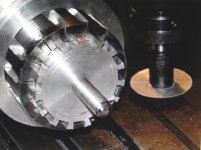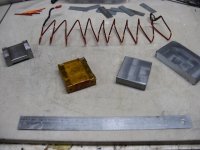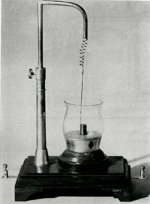I'd guess the Magnax motor has a solid disk in the middle of the stator so it looks like two of the cores in the picture above it back to back. The middle part just needs to be strong enough mechanically.
The question about optimum copper/iron ratio is going to be hard to answer. A MFEA model is probably the best way to optimize it. I generally just look at successful design and copy it. You want a little tooth overhang but the amount is apparently not that critical as I've seen both extremes in good motors. My rule of thumb is the space between teeth should be about 2x or more the distance from stator to magnet (air gap). Too much copper and not enough core will result in saturation. Too little copper will result in lower power density. A coreless motor can't saturate but at some ridiculously high current you might demagnetize the magnets.
The question about optimum copper/iron ratio is going to be hard to answer. A MFEA model is probably the best way to optimize it. I generally just look at successful design and copy it. You want a little tooth overhang but the amount is apparently not that critical as I've seen both extremes in good motors. My rule of thumb is the space between teeth should be about 2x or more the distance from stator to magnet (air gap). Too much copper and not enough core will result in saturation. Too little copper will result in lower power density. A coreless motor can't saturate but at some ridiculously high current you might demagnetize the magnets.



